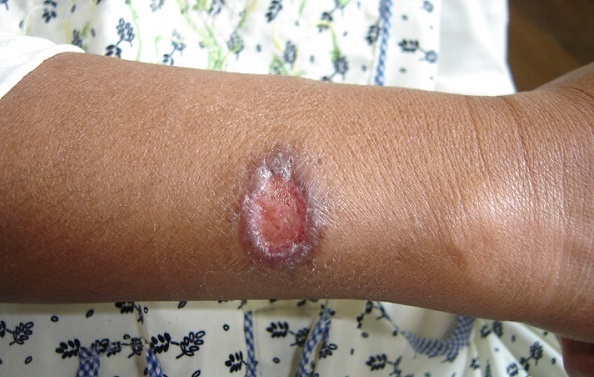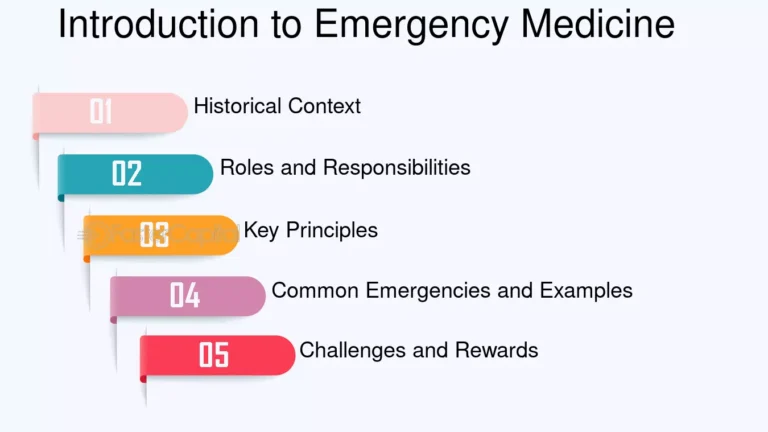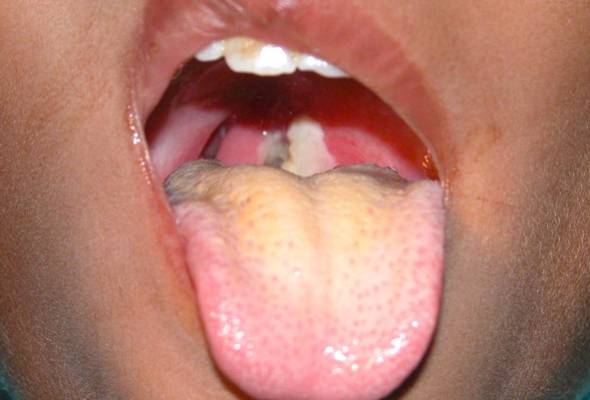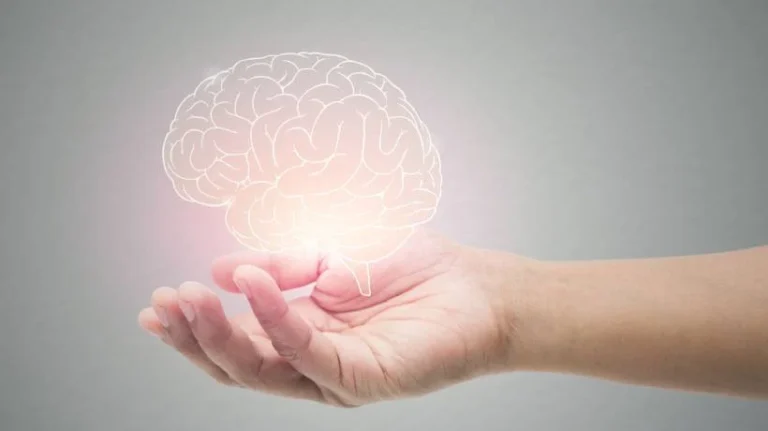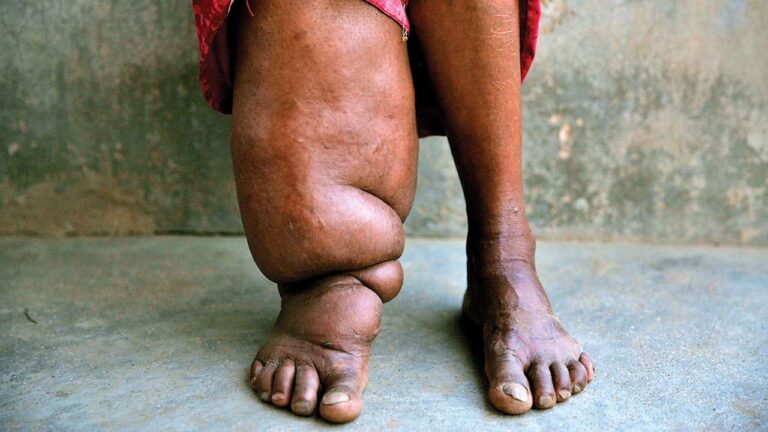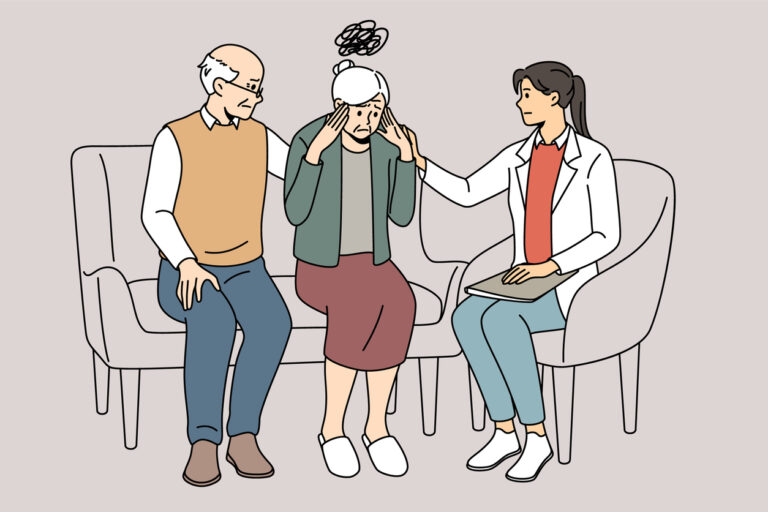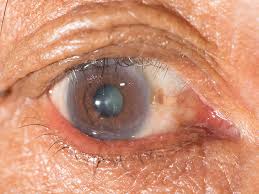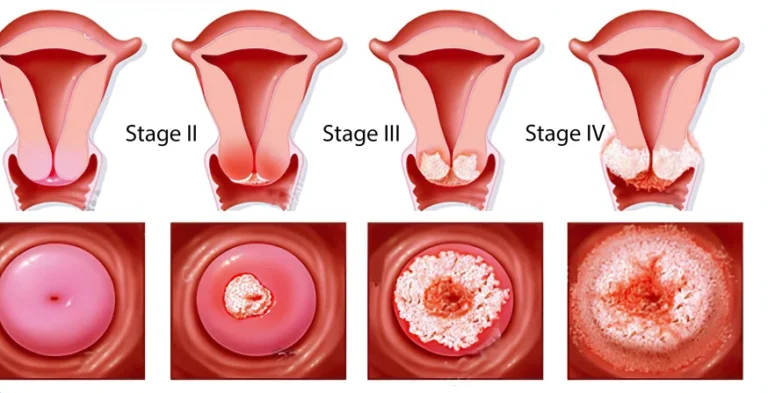Deafness and Hearing Loss
 Deafness and hearing loss are conditions that affect an individual’s ability to perceive sound, with varying degrees of severity. Understanding the distinctions between these terms, their causes, and the available support systems is crucial for promoting inclusivity and improving quality of life.
Deafness and hearing loss are conditions that affect an individual’s ability to perceive sound, with varying degrees of severity. Understanding the distinctions between these terms, their causes, and the available support systems is crucial for promoting inclusivity and improving quality of life.
Understanding the Terms:
- Hearing Loss:
- This refers to a reduced ability to hear sounds compared to those with normal hearing.
- It can range from mild to profound and affect one or both ears.
- Individuals with hearing loss may use spoken language and benefit from hearing aids, cochlear implants, and other assistive devices.
- This refers to a reduced ability to hear sounds compared to those with normal hearing.
- Deafness:
- This typically refers to profound hearing loss, where individuals have very little or no hearing.
- Many deaf individuals primarily use sign language to communicate.
- The term “Deaf” with a capital “D” often refers to a cultural identity, encompassing a community that shares sign language and cultural values.
Types of Hearing Loss:
- Conductive Hearing Loss:
- Occurs when sound waves are unable to pass through the outer and middle ear to the inner ear.
- Causes include earwax buildup, ear infections, and damage to the eardrum.
- Occurs when sound waves are unable to pass through the outer and middle ear to the inner ear.
- Sensorineural Hearing Loss:
- Results from damage to the inner ear or the auditory nerve.
- Common causes include aging, exposure to loud noise, and certain medical conditions.
- Mixed Hearing Loss:
- A combination of conductive and sensorineural hearing loss.
- A combination of conductive and sensorineural hearing loss.
Causes of Hearing Loss:
- Genetic Factors:
- Inherited conditions can cause hearing loss from birth or later in life.
- Inherited conditions can cause hearing loss from birth or later in life.
- Aging (Presbycusis):
- Natural degeneration of the inner ear over time.
- Natural degeneration of the inner ear over time.
- Noise Exposure:
- Prolonged exposure to loud noises can damage the inner ear.
- Prolonged exposure to loud noises can damage the inner ear.
- Infections:
- Ear infections, meningitis, and other infections can lead to hearing loss.
- Ear infections, meningitis, and other infections can lead to hearing loss.
- Ototoxic Medications:
- Certain medications can damage the inner ear.
- Certain medications can damage the inner ear.
- Trauma:
- Head injuries can cause damage to the ear or auditory nerve.
- Head injuries can cause damage to the ear or auditory nerve.
- Congenital Conditions:
- Hearing loss present at birth due to various factors.
- Hearing loss present at birth due to various factors.
Impact of Hearing Loss:
- Communication Difficulties:
- Struggles with understanding spoken language, leading to social isolation.
- Social Isolation:
- Difficulty participating in social activities and conversations.
- Emotional Impact:
- Frustration, anxiety, and depression.
- Cognitive Decline:
- Studies suggest a link between untreated hearing loss and cognitive decline.
- Studies suggest a link between untreated hearing loss and cognitive decline.
- Impact on development:
- Especially in children, hearing loss can severely impact speech and language development.
- Especially in children, hearing loss can severely impact speech and language development.
Support and Interventions:
- Hearing Aids:
- Amplify sounds to improve hearing.
- Amplify sounds to improve hearing.
- Cochlear Implants:
- Electronic devices that bypass damaged parts of the inner ear.
- Electronic devices that bypass damaged parts of the inner ear.
- Assistive Listening Devices:
- Devices that enhance sound in specific situations, such as classrooms or theaters.
- Devices that enhance sound in specific situations, such as classrooms or theaters.
- Sign Language:
- A visual language used by many deaf individuals.
- A visual language used by many deaf individuals.
- Speech Therapy:
- Helps individuals improve their communication skills.
- Captioning and Subtitles:
- Provide written text of spoken dialogue.
- Early Intervention:
- Especially in children, early diagnosis and intervention is key for good developmental outcomes.
- Especially in children, early diagnosis and intervention is key for good developmental outcomes.
Promoting Inclusivity:
- Awareness and Education:
- Raising awareness about deafness and hearing loss.
- Accessible Communication:
- Providing captioning, sign language interpretation, and other communication accommodations.
- Respectful Communication:
- Speaking clearly, facing the person, and avoiding background noise.
- Speaking clearly, facing the person, and avoiding background noise.
- Creating Inclusive Environments:
- Designing spaces and events that are accessible to people with hearing loss.
It’s important to recognize that deafness is not simply a lack of hearing, but also a cultural and linguistic identity for many. By understanding the complexities of deafness and hearing loss, and by providing appropriate support and accommodations, we can create a more inclusive and equitable society.



